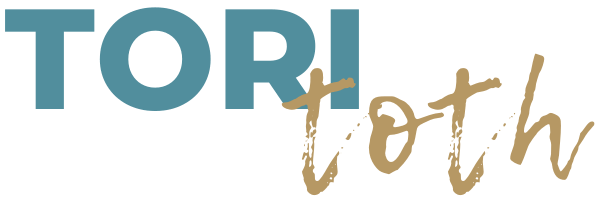If you’re terrified to be in front of the camera, you’re not alone – statistics show that 75-percent of individuals suffer from speech anxiety. The fear of public speaking, also known by its medical term “glossophobia,” which can exhibit itself in many ways from avoiding conversations to feeling tongue-tied, maybe you’ll showcase a nervous tic, go weak at the knees or have performance anxiety.
The problem with having speech anxiety on video is that the camera will hone in on your weakest qualities, making it harder for the audience to connect with you and more importantly your message.
Envision someone talking low on camera, who is looking down at the ground and has their arms crossed over their chest, would you be able to relate to this person on camera? Would you listen to their story? Would you trust this person? Chances are no – so here are a few tricks to help become your best self when on video.
Get Over Yourself
Some of you may not like your skin or your voice or your waistline – so that becomes an excuse for many not to press record. But, rather than focus on yourself, focus on who you serve. If you provide valuable, interesting content that is useful to your audience then they’ll keep coming back for more regardless of what you look like.
Be Authentic
An audience can recognize immediately when someone is being fake on camera. They can be overacting or under preforming. Authenticity creates trust and establishes credibility. It all starts by observing yourself: What do you care about? Who are you? When do you feel most comfortable? In order to be influential and impactful, it’s important to be present. Presence allows your passion and expertise for the topic to shine through. Become self-aware to recognize when you are faking it or feeling uncomfortable, this helps you understand why you are feeling that way, and then initiate steps to draw upon your authentic self.
Who Are You Talking To?
When creating videos it’s important to think about your audience to build relationship, intimacy, and collaboration with them. Use their lingo. Figure out their ambitions and problems to help define the solution. This allows you to determine the content and direct the conversation to serve your audience. Think about all the people you can help, once your message is out, this helps many speak up.
Maybe starring into the black hole “camera lens” makes you tense up and freeze, rethink the situation – think of a person you love to talk to then place a picture of that person next to the camera and have a conversation.
Rethink Your Audience
Speaking with an audience is different from engaging in conversation. Audiences listen, and respond, differently. I’ll coach you to be relaxed in front of passive, blank faces. We’ll coach you to speak from an empowered stance; to assume your audience is supporting you.
Consistency = Confidence
It’s simple, do a new video every day, or at least several times a week until you feel comfortable talking to the camera. It may seem awkward sharing a story or tutorial on video with a bright light in your face and no one immediately responding to what you’re saying. So practice! The more videos you do (whether you share them or not) the more confident you’ll feel with the process.
Believe it or not, I used to be scared to speak on camera during live shots, when I was a TV News Reporter. I would fumble over my words, try to read my script word for word on my pad and would talk softly without animation for fear people around me would hear me. Over time, my live shots on TV improved and even my live streams today benefit from these tricks.
Want an easy solution for adding video into your current marketing plan? Check out my video course to learn the steps you need to take to create conscious visible consistency with your brand.


